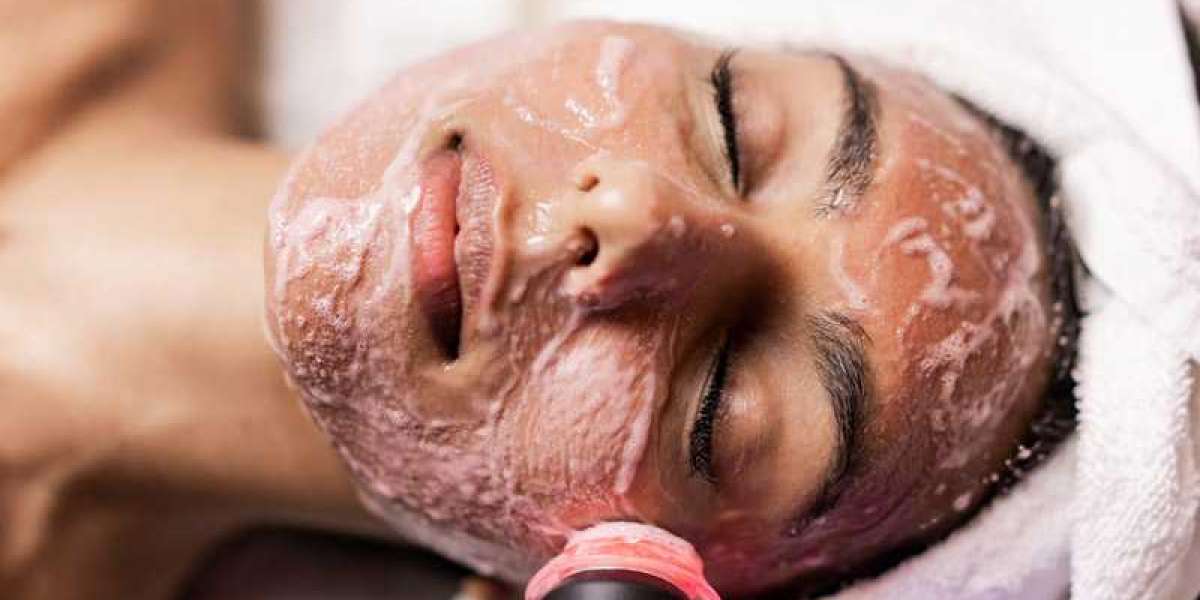Dyeing processes involve the application of colorants to textiles, fibers, or other materials to achieve vibrant and lasting colors. These processes rely on a series of chemical reactions between the dye molecules and the substrate to ensure color fastness and durability.
One of the primary chemical reactions in dyeing processes is adsorption, where dye molecules are attracted to the surface of the substrate through electrostatic forces or chemical bonds. This adsorption process is crucial for the dye to adhere to the material effectively and form a strong bond, ensuring color retention during subsequent washing and wear.
Another essential chemical reaction in dyeing is the formation of covalent bonds between the dye molecules and the substrate. Covalent bonding results in a more permanent attachment of the dye to the material, increasing colorfastness and resistance to fading over time. This reaction is common in dyeing processes involving natural fibers such as cotton and wool.
pH levels play a significant role in dyeing processes, influencing the color intensity and shade of the final product. Some dyes require specific pH conditions to undergo chemical reactions effectively and achieve the desired color outcome. Adjusting the pH of the dye bath can impact the solubility and reactivity of the dye molecules, leading to variations in color saturation and hue.
Oxidation-reduction reactions are also crucial in certain dyeing processes, particularly with reactive dyes. These reactions involve the transfer of electrons between the dye molecules and the substrate, resulting in color formation and bonding. Oxidation-reduction reactions can enhance color vibrancy, improve color fastness, and ensure uniform dye penetration into the material.
Complexation reactions may occur in dyeing processes using metal complex dyes, where the dye molecules form stable complexes with metal ions present in the substrate or the dye bath. These reactions contribute to color development, brightness, and lightfastness of the dyed material, providing unique color effects and enhancing the overall quality of the final product.
Overall, the success of dyeing processes relies on a deep understanding of the chemical reactions involved, including adsorption, covalent bonding, pH effects, oxidation-reduction reactions, and complexation reactions. By leveraging these chemical principles effectively, manufacturers can achieve consistent and high-quality dyeing results, producing textiles and materials with vibrant colors, excellent colorfastness, and durability to meet the demands of diverse industries and consumers.







